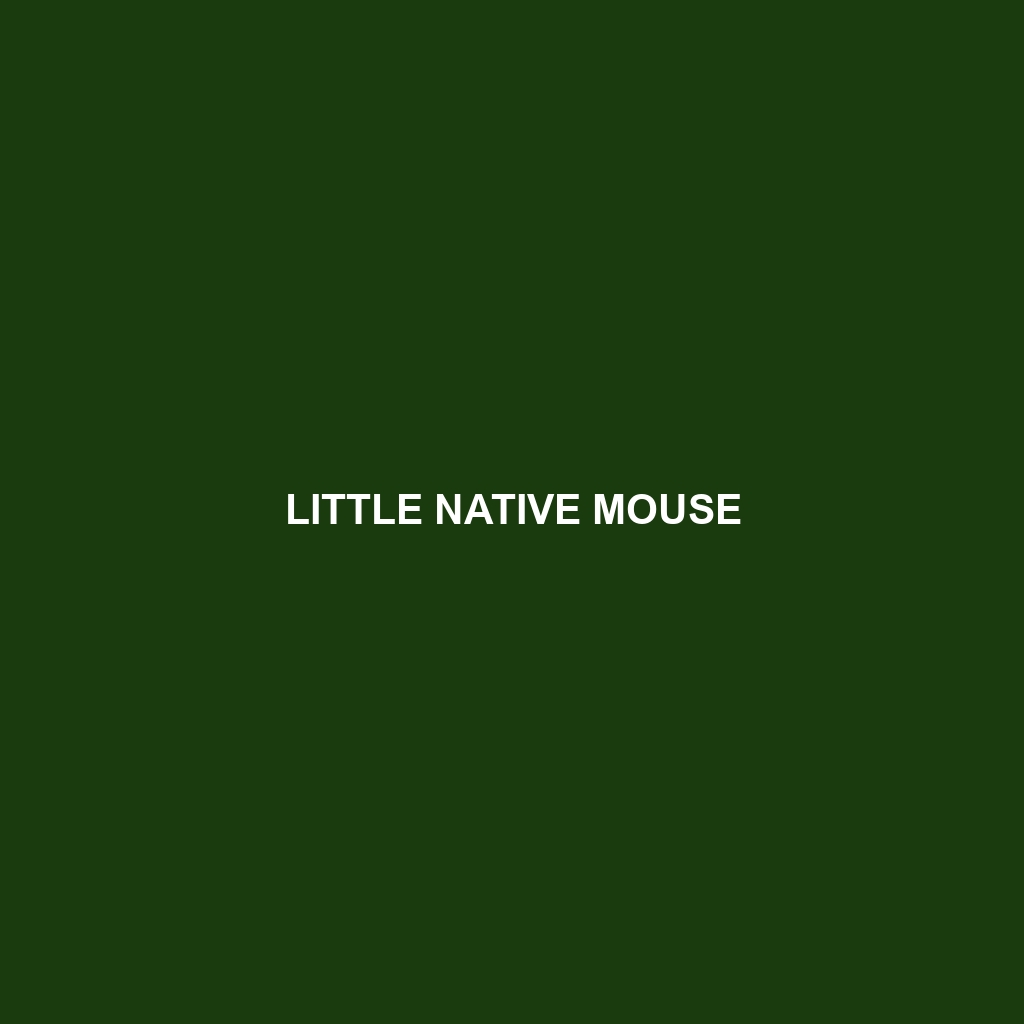Chapa Tree Mouse ()
Common Name: Chapa Tree Mouse
Scientific Name:
Habitat
The Chapa Tree Mouse primarily inhabits the dense tropical forests of Southeast Asia, specifically in regions such as Vietnam and Laos. This rodent utilizes the intricate canopy layers and underbrush of its environment, often residing in tree hollows or among tangled vines. The humid, warm climate of these forested areas is crucial for its survival.
Physical Characteristics
Adult Chapa Tree Mice typically range from 10 to 15 centimeters in body length, with a tail that may be slightly longer than their body. They exhibit a soft fur coat that is generally a mix of brown and grey, providing excellent camouflage against the forest floor. Notable features include large, expressive eyes adapted for nocturnal activity and long, slender limbs suited for climbing.
Behavior
The Chapa Tree Mouse is primarily nocturnal, displaying active behavior during the nighttime hours. It is known for its agile climbing abilities and often forages for food high in the trees. Socially, these mice can be observed in small groups, engaging in grooming and play behaviors, which strengthen social bonds.
Diet
This species primarily feeds on fruits, seeds, and leaves, with a particular preference for soft fruits that grow on trees. Chapa Tree Mice are opportunistic feeders and will also consume insects and other organic matter found in the forest. Their foraging habits play a vital role in seed dispersal, aiding in the growth of various plant species.
Reproduction
Chapa Tree Mice typically breed during the warmer months, with females giving birth to litters of 2 to 6 offspring after a gestation period of about 30 days. The young are born blind and hairless, relying heavily on their mothers for food and protection during the early stages of life. These offspring mature quickly, achieving independence within a few weeks.
Conservation Status
Currently, the Chapa Tree Mouse is classified as vulnerable due to habitat loss from deforestation and agricultural expansion. Conservation efforts are essential to protect this unique species and its environmental habitat.
Interesting Facts
The Chapa Tree Mouse is often confused with similar rodent species due to its size and coloration. However, its remarkable climbing skills and social behavior set it apart. Additionally, it has been noted for its gentle nature, making it a fascinating subject for wildlife observers.
Role in Ecosystem
The Chapa Tree Mouse plays a crucial role in its forest ecosystem as a seed disperser, contributing to the regeneration of various plant species. Furthermore, as a prey species, it supports the populations of larger predators, maintaining the balance within the food web.
This structured HTML content incorporates essential information about the Chapa Tree Mouse, utilizing relevant keywords and organized headings for improved SEO visibility.
